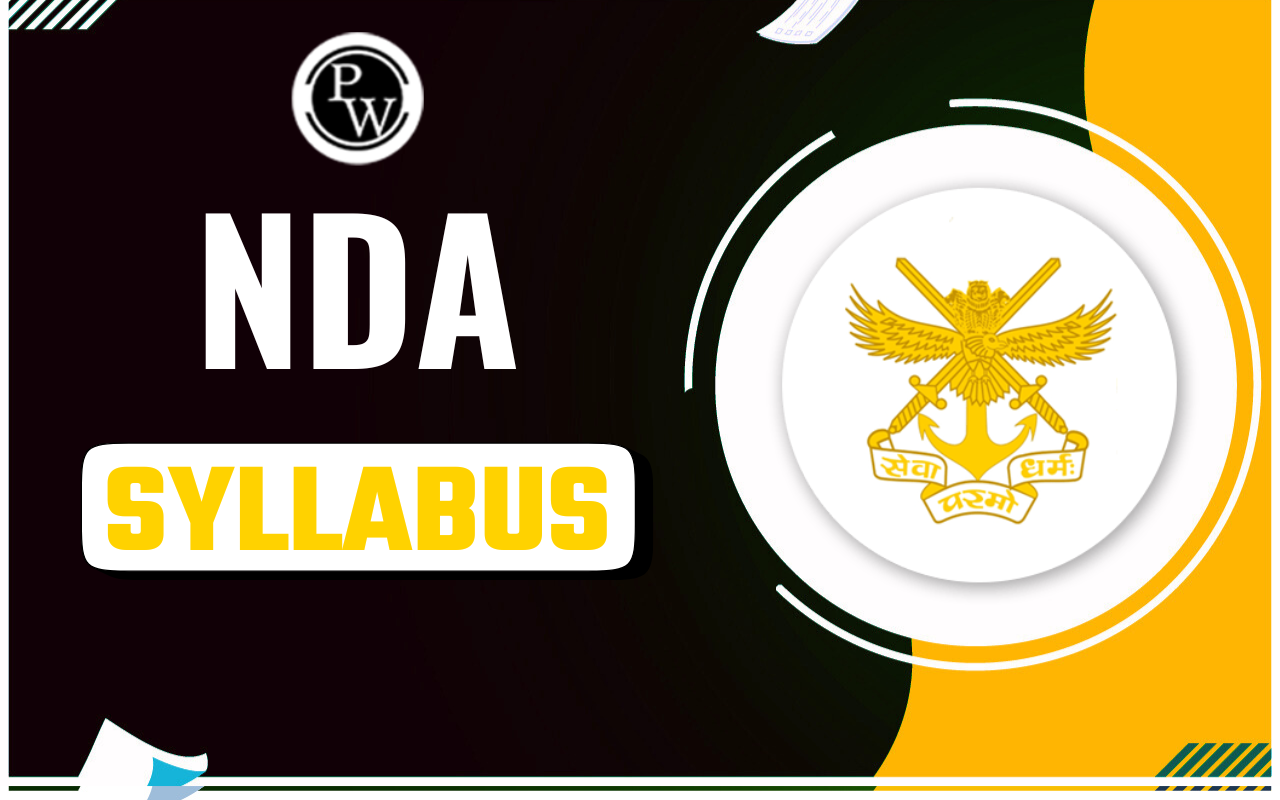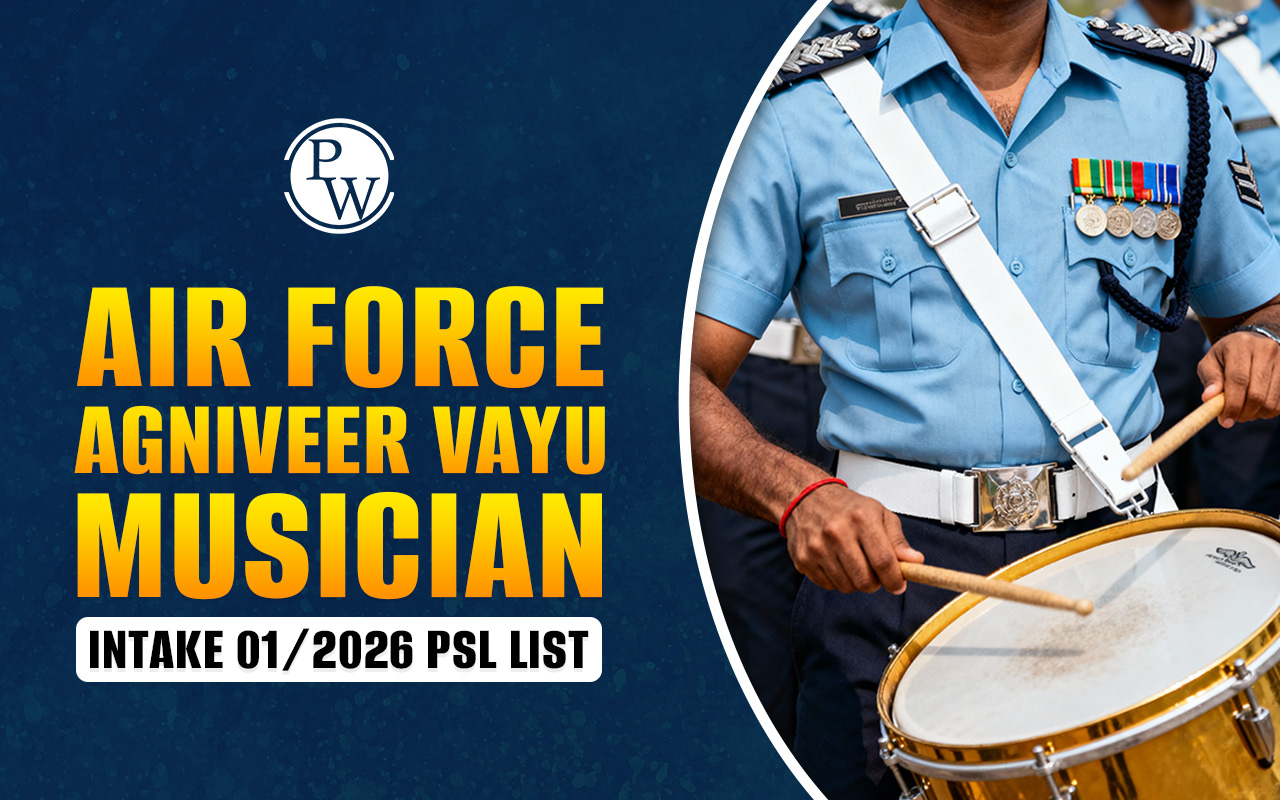
USA vs Russia Air Force Comparison: The air forces of the United States and Russia are among the most powerful and advanced in the world. Both nations have invested heavily in developing sophisticated aircraft, training skilled personnel, and maintaining extensive support infrastructures. This article provides a detailed comparison of the two air forces, examining their organizational structures, aircraft inventories, technological advancements, and operational doctrines.
USA vs Russia Air Force Comparison: Organizational Structure
The organizational structure of the air forces in both countries highlights their approach to command, personnel management, and operational responsibilities. The table below compares the key aspects of the organizational structure of the United States Air Force (USAF) and the Russian Aerospace Forces (VKS).| Aspect | United States Air Force (USAF) | Russian Aerospace Forces (VKS) |
|---|---|---|
| Command Structure | Department of the Air Force | Ministry of Defence |
| Key Branches | Air Combat Command, Air Mobility Command, Air Force Global Strike Command, Air Force Special Operations Command | Air Force, Air Defense Forces, Space Forces |
| Active Personnel | Approximately 329,000 | Approximately 148,000 |
| Reserve Personnel | Approximately 69,000 | Approximately 35,000 |
| Main Responsibilities | Air superiority, global strike, air mobility, ISR (Intelligence, Surveillance, Reconnaissance), space operations | Air superiority, strategic bombing, air defense, ISR, space operations |
USA vs Russia Air Force Comparison: Aircraft Inventory
The aircraft inventory of each air force reflects their strategic priorities and technological advancements. The following table provides a comparative overview of the types of aircraft used by the USAF and VKS, including fighters, bombers, transport aircraft, aerial refueling, reconnaissance, and UAVs.| Category | United States Air Force | Russian Aerospace Forces |
|---|---|---|
| Fighters | F-22 Raptor, F-35 Lightning II, F-15 Eagle, F-16 Fighting Falcon | Su-35, Su-27, MiG-29, Su-57 |
| Bombers | B-1B Lancer, B-2 Spirit, B-52 Stratofortress | Tu-160, Tu-95, Tu-22M |
| Transport Aircraft | C-17 Globemaster III, C-130 Hercules, C-5 Galaxy | Il-76, An-124, An-12 |
| Aerial Refueling | KC-135 Stratotanker, KC-10 Extender, KC-46 Pegasus | Il-78, Il-76 |
| Reconnaissance and ISR | RC-135, E-3 Sentry, RQ-4 Global Hawk | Tu-214R, A-50, Il-20 |
| Helicopters | HH-60 Pave Hawk, UH-1N Iroquois, CV-22 Osprey | Mi-24, Ka-52, Mi-8 |
| UAVs | MQ-9 Reaper, MQ-1 Predator, RQ-170 Sentinel | Orlan-10, Forpost, Altius |
USA vs Russia Air Force Comparison: Technological Advancements
Technological advancements are crucial for maintaining a competitive edge in modern air warfare. The table below compares key areas of technological development within the USAF and VKS, including stealth technology, hypersonic weapons, electronic warfare, cyber warfare, and space operations.| Area | United States Air Force | Russian Aerospace Forces |
|---|---|---|
| Stealth Technology | F-22, F-35, B-2 Spirit | Su-57, Tu-160M |
| Hypersonic Weapons | Development in progress (e.g., AGM-183 ARRW) | Kinzhal, Avangard |
| Electronic Warfare | EC-130H Compass Call, EA-18G Growler (Navy) | Su-34, Su-30SM equipped with advanced EW systems |
| Cyber Warfare | Integrated within the US Cyber Command | Integrated within the Russian Armed Forces |
| Space Operations | United States Space Force | Russian Space Forces |
USA vs Russia Air Force Comparison: Training and Readiness
Training and readiness are vital components of military effectiveness. The following table provides a comparative analysis of the training regimes, international exercises, and deployment readiness of the USAF and VKS.| Aspect | United States Air Force | Russian Aerospace Forces |
|---|---|---|
| Pilot Training | Rigorous and extensive, including Red Flag exercises | Comprehensive training with frequent drills and exercises |
| International Exercises | Frequent participation in NATO exercises and joint drills | Regular joint exercises with allies like China |
| Deployment Readiness | High state of readiness with global deployment capability | High state of readiness with a focus on regional defense |
USA vs Russia Air Force Comparison: Operational Doctrine
The operational doctrines of the USAF and VKS reflect their strategic priorities and tactical approaches. The table below compares their approaches to air superiority, strategic bombing, air mobility, and ISR operations.| Doctrine | United States Air Force | Russian Aerospace Forces |
|---|---|---|
| Air Superiority | Emphasizes technological edge and global reach | Emphasizes robust air defense and multi-role capability |
| Strategic Bombing | Focus on precision strikes with stealth bombers | Focus on long-range strategic bombers |
| Air Mobility | Extensive airlift capabilities for rapid deployment | Significant airlift capabilities with a focus on strategic transport |
| Intelligence, Surveillance, Reconnaissance (ISR) | Advanced ISR platforms integrated with global intelligence network | Strong ISR capabilities with a focus on regional monitoring |
USA vs Russia Air Force Comparison FAQs
Q1: What are the main branches of the United States Air Force?
A1: The main branches include Air Combat Command, Air Mobility Command, Air Force Global Strike Command, and Air Force Special Operations Command.
Q2: How many active personnel are in the Russian Aerospace Forces?
A2: The Russian Aerospace Forces have approximately 148,000 active personnel.
Q3: What fighters are used by the USAF?
A3: The USAF uses fighters like the F-22 Raptor, F-35 Lightning II, F-15 Eagle, and F-16 Fighting Falcon.
Q4: Which bombers are in the Russian Aerospace Forces' inventory?
A4: The Russian Aerospace Forces have bombers such as the Tu-160, Tu-95, and Tu-22M.
Q5: What is the key difference in aerial refueling aircraft between the USAF and VKS?
A5: The USAF uses KC-135 Stratotanker, KC-10 Extender, and KC-46 Pegasus, while the VKS uses Il-78 and Il-76.
🔥 Trending Blogs
Talk to a counsellorHave doubts? Our support team will be happy to assist you!

Check out these Related Articles
Free Learning Resources
PW Books
Notes (Class 10-12)
PW Study Materials
Notes (Class 6-9)
Ncert Solutions
Govt Exams
Class 6th to 12th Online Courses
Govt Job Exams Courses
UPSC Coaching
Defence Exam Coaching
Gate Exam Coaching
Other Exams
Know about Physics Wallah
Physics Wallah is an Indian edtech platform that provides accessible & comprehensive learning experiences to students from Class 6th to postgraduate level. We also provide extensive NCERT solutions, sample paper, NEET, JEE Mains, BITSAT previous year papers & more such resources to students. Physics Wallah also caters to over 3.5 million registered students and over 78 lakh+ Youtube subscribers with 4.8 rating on its app.
We Stand Out because
We provide students with intensive courses with India’s qualified & experienced faculties & mentors. PW strives to make the learning experience comprehensive and accessible for students of all sections of society. We believe in empowering every single student who couldn't dream of a good career in engineering and medical field earlier.
Our Key Focus Areas
Physics Wallah's main focus is to make the learning experience as economical as possible for all students. With our affordable courses like Lakshya, Udaan and Arjuna and many others, we have been able to provide a platform for lakhs of aspirants. From providing Chemistry, Maths, Physics formula to giving e-books of eminent authors like RD Sharma, RS Aggarwal and Lakhmir Singh, PW focuses on every single student's need for preparation.
What Makes Us Different
Physics Wallah strives to develop a comprehensive pedagogical structure for students, where they get a state-of-the-art learning experience with study material and resources. Apart from catering students preparing for JEE Mains and NEET, PW also provides study material for each state board like Uttar Pradesh, Bihar, and others
Copyright © 2025 Physicswallah Limited All rights reserved.
Get App









